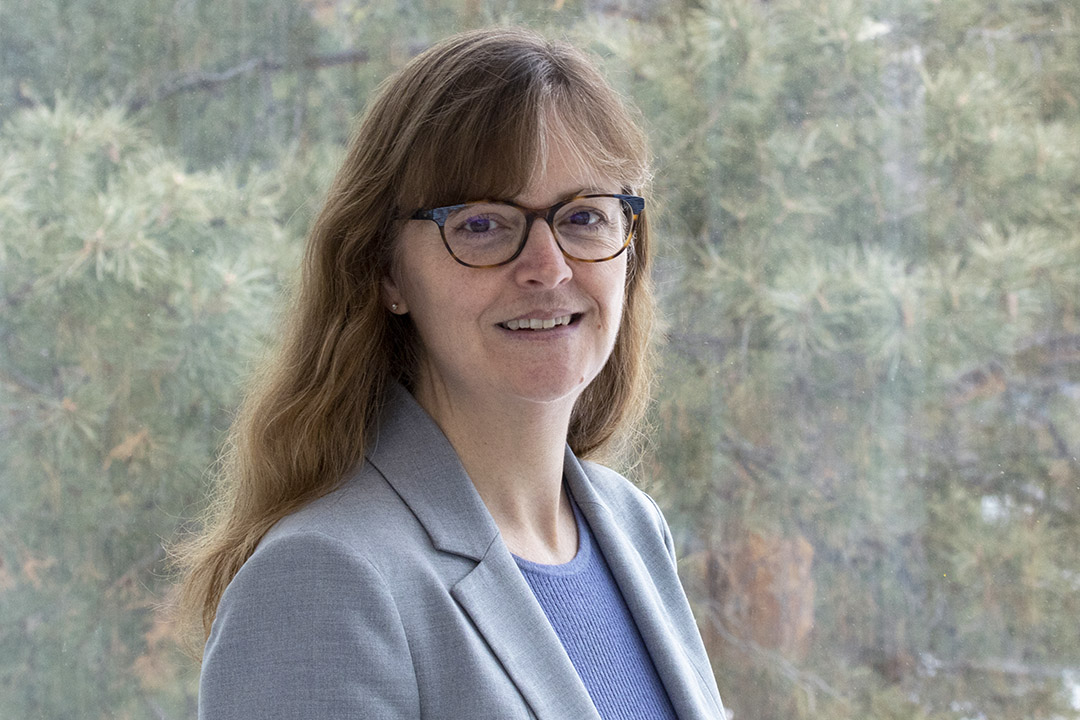
Can delivery mode affect babies’ early gut microbiome?
A team of University of Saskatchewan (USask) researchers is studying how the mode of delivery influences a baby’s early gut microbiome — the huge community of bacteria and fungi that lives inside our gastrointestinal tracts.
By Ishika Shukla“How does it [early gut microbiome] get established in the first place? The early events in life that affect the process: is it possible that they have long-term effects on the health of a baby and then [as] a child and then even [as] an adult?” says Dr. Janet Hill (PhD), a professor and researcher in the Western College of Veterinary Medicine’s Department of Veterinary Microbiology.
Her team’s work is part of the Maternal Microbiome Legacy Project, a larger research collaboration with the University of British Columbia that’s led by gynecology and microbiology professor Dr. Deborah Money (MD).
Babies are especially vulnerable during the first three months of their lives. One factor that could potentially alter their immunity is whether they’ve been exposed to their mothers’ vaginal microbiome during delivery. While most babies are delivered vaginally, more than 25 per cent of pregnant women in Canada have caesarean (C-section) deliveries. There is evidence that their infants are more prone to certain diseases such asthma, celiac disease and allergies.
Hill and her team aren’t the first scientists to look at birth mode and its impact on establishing the infant microbiome, “but one of the things that we added to our study that is different from others is that we aren’t considering all caesarean sections to be the same,” says Hill.
“We actually have divided our question into looking at a population of women who have elective C-sections and a population of women who have emergency C-sections where they might have planned to have a vaginal birth but for whatever reason, the decision was made to deliver the infant instead by caesarean section.”
One distinguishing factor between the two modes is that an emergency C-section delivery often leads to rupture of membranes (the amniotic sac), which means the infant is exposed to the mother’s vaginal microbiome.
The number of women participating in the study is also larger than in previous studies, adding to the project’s reliability and the significance level of findings. The team plans to follow up with 920 B.C.-based women and their babies for a three-month period following their deliveries. All of the collected samples come from three B.C. hospitals in Vancouver, Surrey and Prince George.
“We will definitely contribute to understanding whether or not there is a difference [in early gut microbiome development],” says Hill. “Even if there is a difference early — like within the first few days of life — does it last?”
Breastfeeding may also be an influential factor in determining early gut microbiome development in infants. Studies have shown that exclusively breastfed caesarean babies had more of an abundance of healthy bacteria in their gut than found in mixed-fed caesarean infants.
In addition, the bacterial abundance of breastfed caesarean babies more closely resembled that of vaginally delivered breastfed children in comparison to the bacterial flora of mixed-fed caesarean children.
“We recognized that there was a need for more information about those earliest events in establishing a baby’s microbiome—and that really starts at birth,” says Hill.
Findings from this study will help to inform and educate women in the community and could potentially lead to better birth management practices in health care centres across Canada and around the world.
The Canadian Institutes of Health Research is providing financial support for this research study.
Ishika Shukla, originally from Delhi, India, is a third-year biology student in USask’s College of Arts and Science. In 2020, she worked as a WCVM summer research student with financial support from the Natural Sciences and Engineering Council of Canada and the USask Undergraduate Student Research Assistant program.
